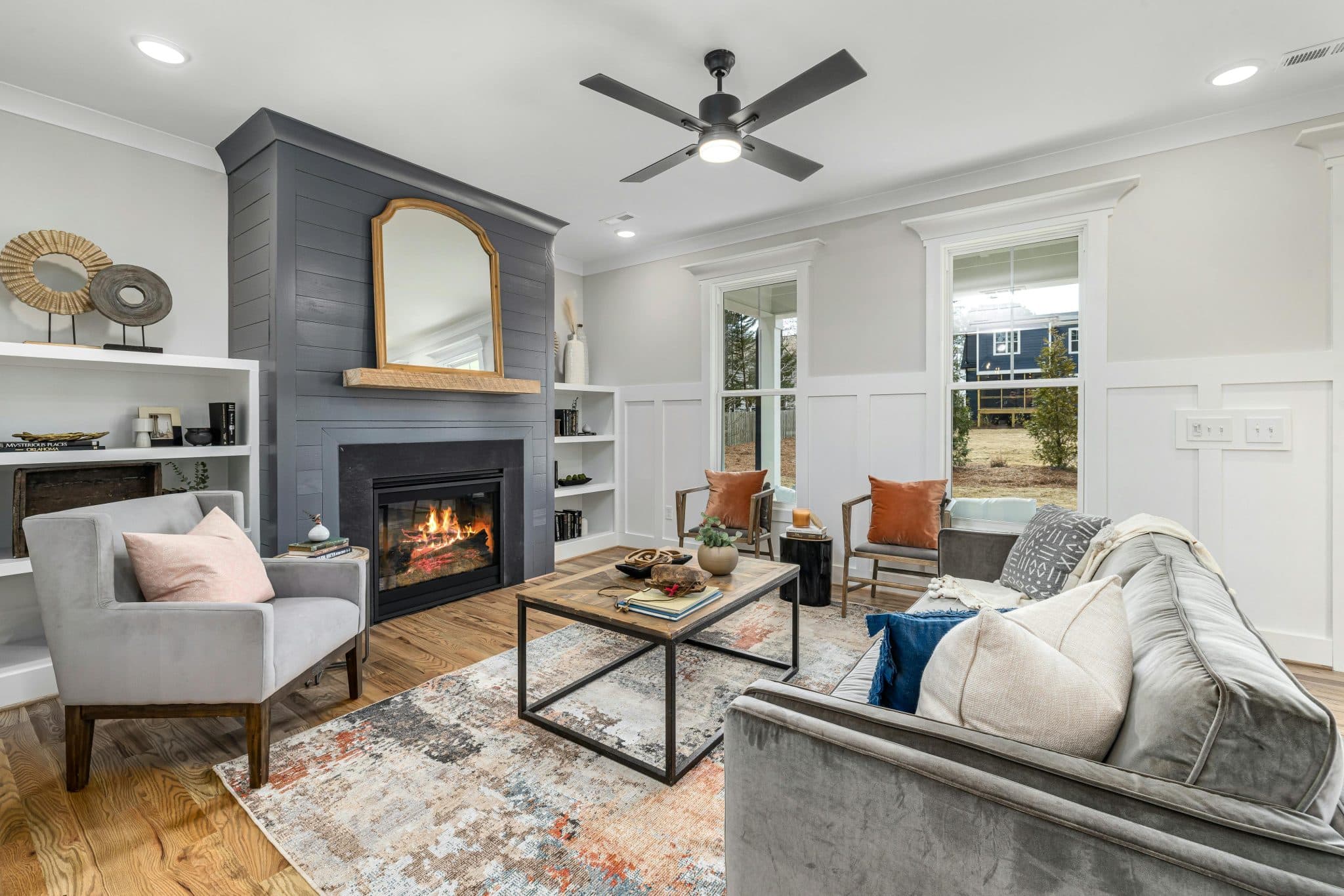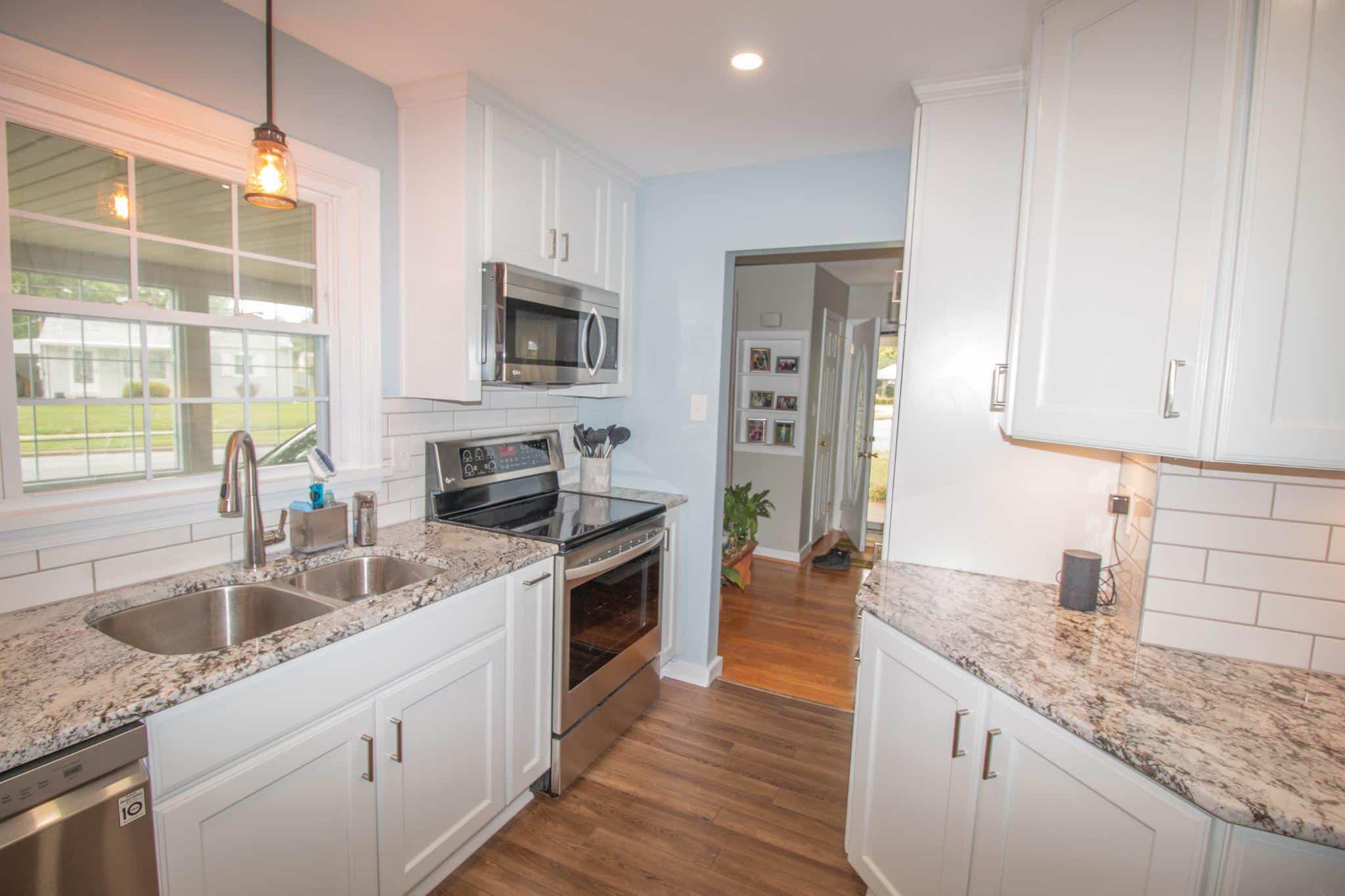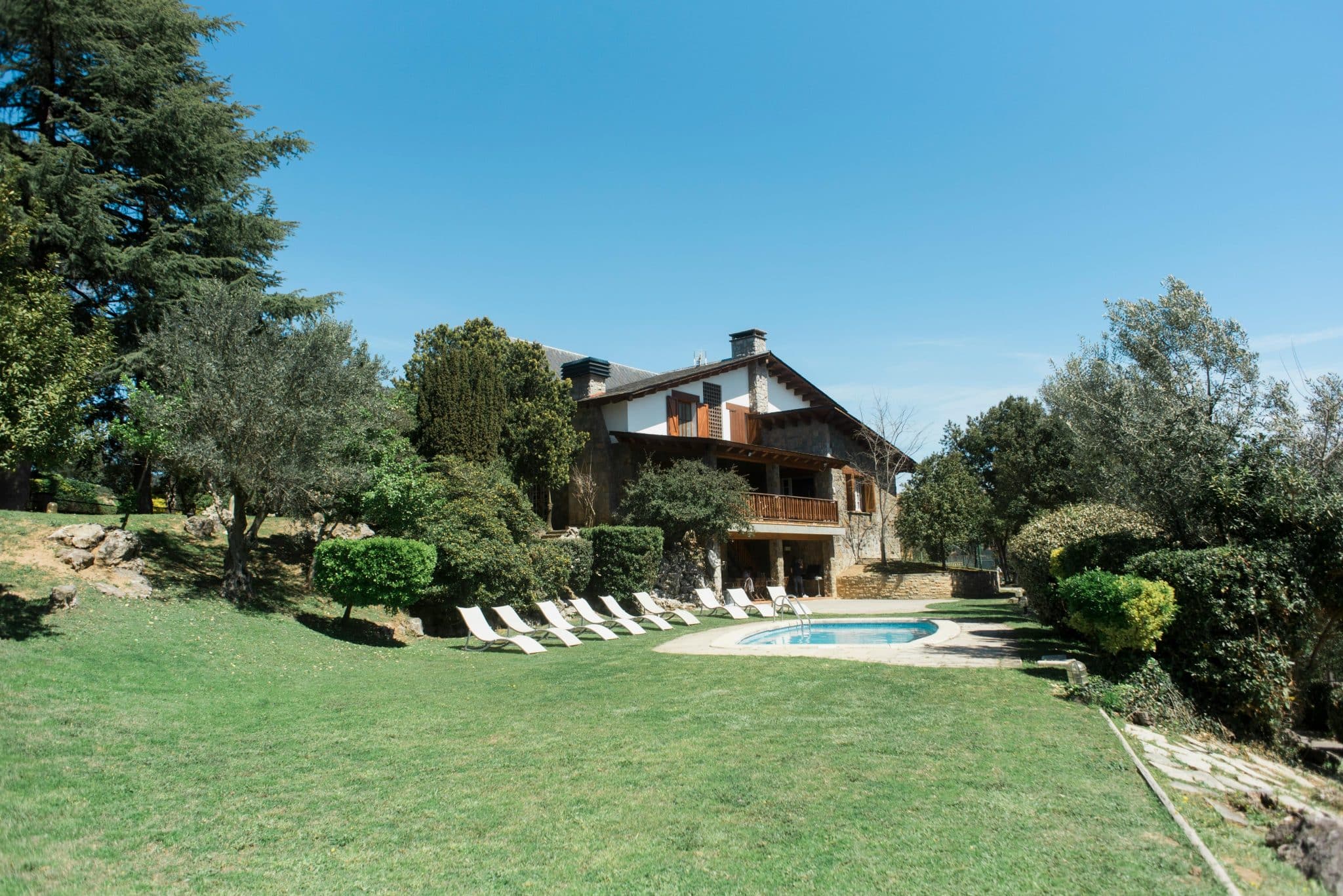Ever walked into a room and felt like something was just… off? The furniture’s perfect, the decor’s on point, but the whole vibe feels flat. Nine times out of ten, it’s the lighting.
Here’s the thing about lighting: it’s basically the secret sauce of interior design. Too bright and your cozy living room feels like a dentist’s office. Too dim and you’re squinting at your book like you’re reading ancient manuscripts by candlelight.
The good news? You don’t need to rewire your entire house or call in the professionals to get lighting that actually works with your life.
Why Smart Lighting Isn’t Just a Fancy Gimmick
Look, when smart home tech first hit the scene, plenty of us rolled our eyes. Another gadget to complicate our lives? But smart lighting turned out to be different. It’s actually useful.
Think about your typical evening routine. You come home from work, flip on the harsh overhead lights, then spend the next hour manually adjusting lamps and dimmer switches trying to create something that doesn’t feel like an interrogation room. With smart lighting, you skip all that fiddling around.
The real magic happens when you realize you can set different moods for different times. Bright and energizing for your morning coffee, warm and mellow for dinner, super dim for those late-night Netflix sessions when you don’t want to blind yourself.
The Easiest Entry Point: Smart Light Switches
Here’s where most people get overwhelmed. They picture complicated installations, app setups that require a computer science degree, and switches that stop working every time the wifi hiccups.
But honestly? Smart light switches are pretty much the simplest way to dip your toes into smart lighting. You replace your regular switches with smart ones, and suddenly any bulb connected to that switch becomes controllable from your phone or voice assistant.
No special bulbs required. No hub to set up. Just better control over the lights you already have.
The installation part sounds scarier than it actually is. Most smart light switches work with standard wiring, though you’ll want to double-check your setup first. Some older homes have quirky electrical situations that need a quick look.
Setting the Perfect Scene for Every Moment
Picture this: you’re hosting a dinner party and need to adjust the lighting throughout the evening. Bright enough for cooking and prep, then dimmed down for dinner conversation, then maybe a bit brighter again when someone inevitably pulls out a board game.
With regular switches, you’re constantly getting up to fiddle with different dimmers. With smart switches, you just tap your phone or ask your voice assistant to set the mood.
The scheduling feature is where things get really convenient. Your lights can gradually brighten to help you wake up, automatically dim as evening approaches, and turn off completely at bedtime. It’s like having a personal lighting assistant who actually knows your routine.
Beyond the Basics: What Smart Lighting Can Really Do
Once you’ve got the basic setup down, smart lighting starts revealing its hidden talents. Motion sensors mean your hallway lights turn on when you stumble to the bathroom at 2 AM, then turn off automatically so you don’t wake up the whole house.
Away from home? Your lights can turn on and off randomly to make it look like someone’s there. It’s not foolproof security, but it’s better than leaving your house obviously empty for a week-long vacation.
The energy savings add up too. When your lights automatically turn off in empty rooms and dim to exactly the brightness you need, your electricity bill tends to shrink a bit each month.
Smart lighting isn’t about having the most high-tech house on the block. It’s about making your home feel exactly right, exactly when you need it to.








